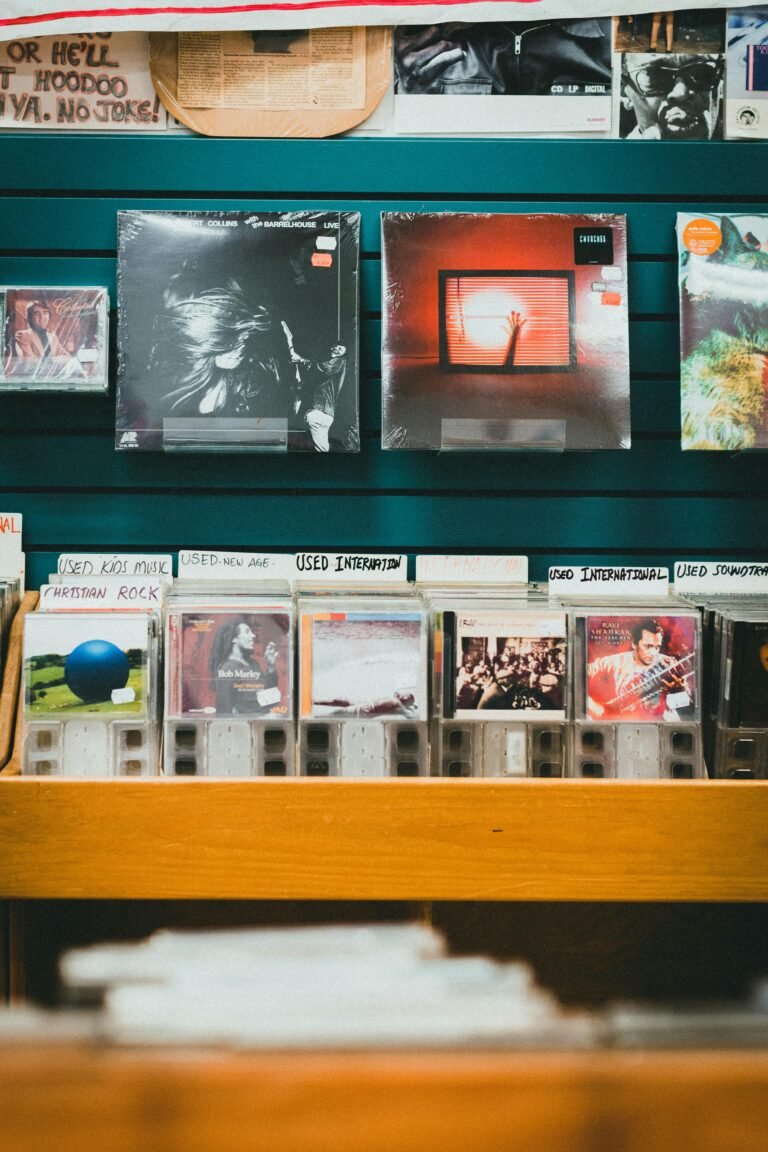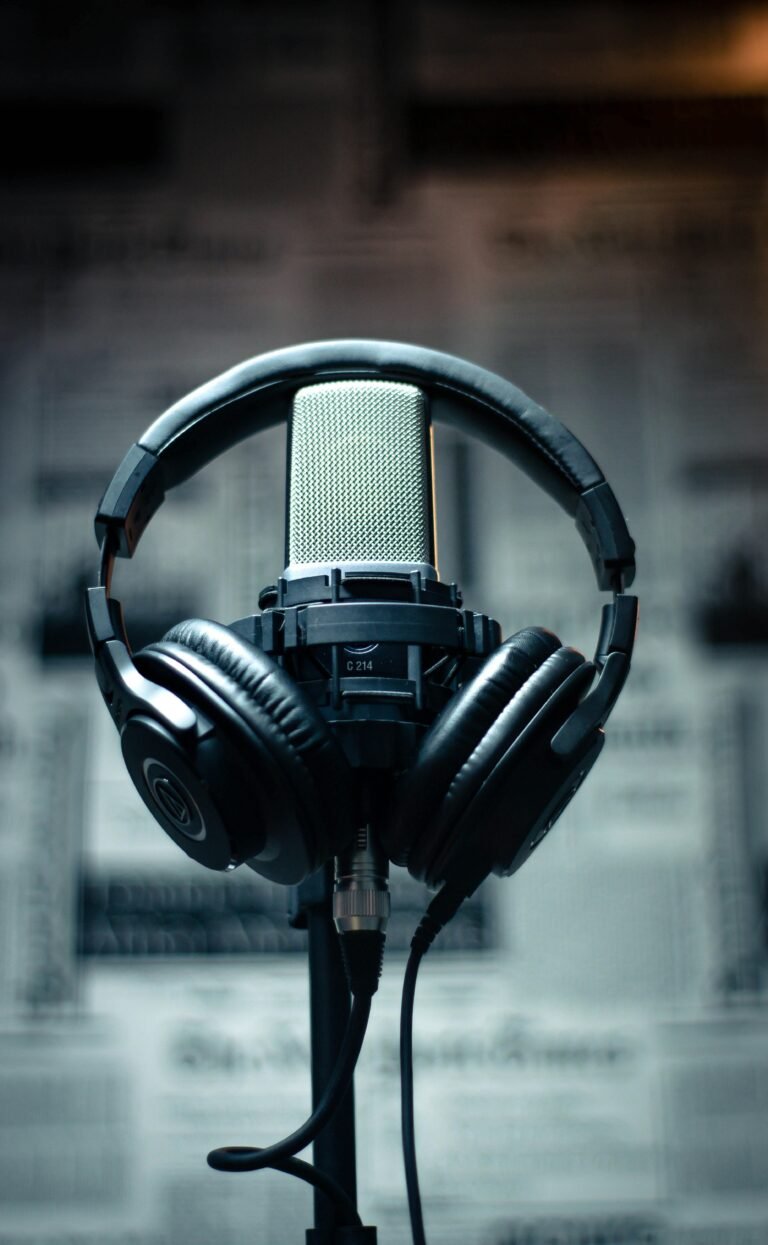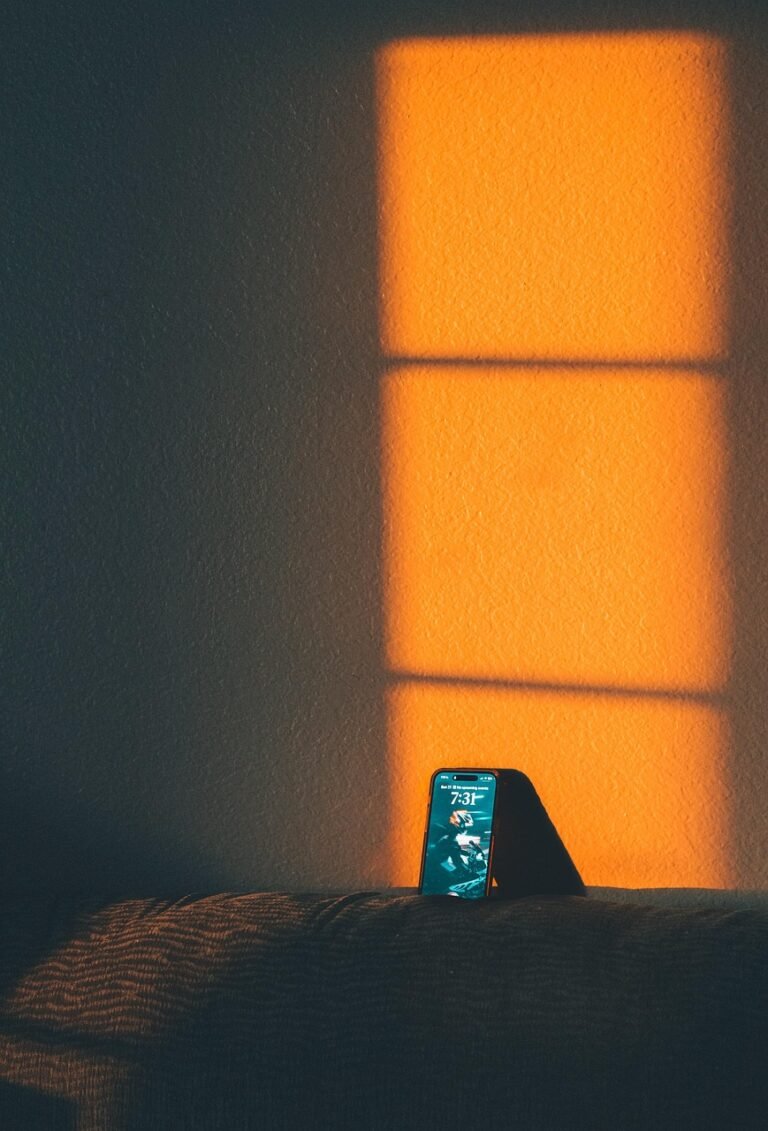
Spotify Revolutionizes Streaming with Long-Awaited Lossless Audio Launch
After nearly a decade of anticipation, Spotify has finally delivered on its promise to bring lossless audio to Premium subscribers. The rollout, which began September 10, 2025, marks a pivotal moment for the world’s largest music streaming platform as it catches up to competitors like Apple Music, Tidal, and Amazon Music in the high-fidelity audio space.
The Technical Breakthrough
Spotify’s new Lossless feature streams music at up to 24-bit/44.1 kHz FLAC quality, representing a significant upgrade from the service’s previous maximum of 320 kbps Ogg Vorbis compression. This technically surpasses CD quality, which is specified at 16-bit/44.1 kHz, placing Spotify’s offering just into hi-res audio territory. The lossless streams preserve all original audio data from recordings, allowing listeners to experience “every detail of the music” without compression artifacts.
The feature supports custom quality settings across different connection types, giving users control over Wi-Fi, cellular, and download streaming preferences. When active, a lossless indicator appears in the Now Playing view and Connect Picker, providing transparency about the enhanced audio quality being delivered.
A Journey Four Years in the Making
Spotify’s path to lossless audio has been marked by repeated delays and shifting strategies. The company first announced “Spotify HiFi” in February 2021, promising CD-quality streaming by the end of that year. However, licensing negotiations with record labels, changing market dynamics, and technical considerations pushed the launch back repeatedly.
The delay proved costly for Spotify’s reputation among audiophiles, with some reviewers docking the service points for falling behind sound-prioritizing competitors. Meanwhile, Apple Music launched lossless streaming in May 2021, followed by Amazon Music’s similar offerings, leaving Spotify as the notable holdout among major streaming services.
Market Impact and Competitive Landscape
The launch arrives at a crucial time for Spotify, which maintains a commanding 31.7% global market share in music streaming. Despite its dominance in user base and music discovery features, the company faced increasing pressure from audiophile-focused competitors offering superior audio quality.
Apple Music provides lossless streaming up to 24-bit/192 kHz with its Hi-Res Lossless tier, while Tidal offers hi-res streaming up to 192 kHz with its unified $11 monthly plan. Amazon Music Unlimited also supports lossless FLAC up to 24-bit/192 kHz. Spotify’s 44.1 kHz sampling rate, while an improvement, still trails these competitors in maximum resolution.
However, industry experts suggest the practical differences may be minimal for most listeners. As one Spotify engineering manager noted, distinguishing between 320 kbps and lossless often depends on high-end equipment, listening environment, and even physiological factors like fatigue.
Implementation and Device Support
Spotify has prioritized ease of use in its lossless rollout. The feature integrates seamlessly with Spotify Connect, working with compatible devices from Sony, Bose, Samsung, Sennheiser, Denon, Marantz, Bluesound, and Yamaha. Support for Sonos and Amazon devices is expected to arrive next month.
Users must manually enable lossless on each device through the app’s Media Quality settings. The company recommends wired connections over Bluetooth, as current Bluetooth standards lack sufficient bandwidth for lossless transmission. This limitation affects the immediate utility for users primarily listening through wireless headphones.
Strategic Implications
By including lossless at no additional cost with Premium subscriptions, Spotify avoided the pricing complications that delayed the feature’s launch. Earlier reports suggested potential premium tiers ranging from $17-19 monthly, but market pressure from competitors offering free lossless upgrades influenced the final strategy.
The rollout spans over 50 markets through October 2025, beginning with the US, UK, Australia, Austria, Czechia, Denmark, Germany, Japan, New Zealand, Netherlands, Portugal, and Sweden. This represents Spotify’s largest audio quality upgrade since its inception and positions the service to better compete for audiophile subscribers previously drawn to rival platforms.
Industry Response and Future Outlook
The music streaming industry has embraced lossless as a standard feature, with the global market projected to reach $143.89 billion by 2032, growing at 17.3% annually. Spotify’s entry into high-fidelity streaming completes a major chapter in the platform wars, as the “big four” services now all offer some form of lossless audio.
For Spotify’s 696 million global users, the lossless launch represents long-overdue technical progress. The feature may also incentivize artists and producers to focus more on mixing and mastering quality, knowing their work can now be delivered with greater fidelity to Spotify’s massive audience.
The successful rollout of lossless audio positions Spotify to maintain its market leadership while finally addressing a key competitive disadvantage. After years of promises and delays, the world’s most popular streaming service has delivered the audio quality upgrade its users have been demanding.








